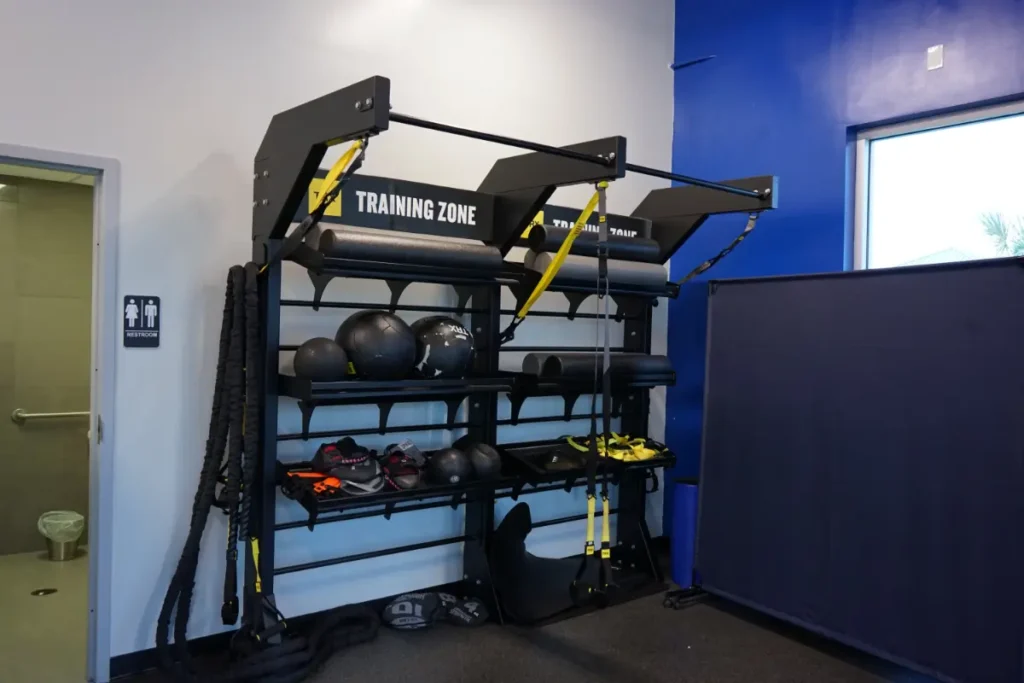HIIT has become a popular choice for fitness enthusiasts due to its burstiness and ability to deliver impressive results in a shorter amount of time compared to traditional workouts. However, the timeline for seeing results from HIIT can vary depending on several factors, making it important to understand how this dynamic workout style can impact your fitness journey.
HIIT workouts for weight loss
When it comes to using HIIT workouts for weight loss, understanding the basics of how weight loss works is crucial in determining the approximate timeline for seeing results. The fundamental principle of weight loss revolves around being in a caloric deficit, which means you are burning more calories than you consume. While it may be tempting to drastically reduce your calorie intake to accelerate weight loss, being in a huge deficit can have negative impacts on your overall well-being and daily activities.
If you find yourself in too large of a calorie deficit, you may experience fatigue, irritability, dizziness, and a lack of concentration throughout the day. Your energy levels may plummet, making it challenging to perform well in your HIIT workouts or even carry out your daily tasks efficiently. It’s important to strike a balance and aim for a moderate calorie deficit that supports your weight loss goals while still providing your body with the fuel it needs to function optimally.
To achieve sustainable weight loss, it is generally recommended to aim for a loss of 1-2 pounds per week. This steady and healthy rate of weight loss not only allows your body to adjust gradually but also increases the likelihood of maintaining your results in the long run. By calculating your daily calorie needs, factoring in your activity level, and creating a slight calorie deficit, you can estimate the time it will take to see noticeable results from your HIIT workouts for weight loss.
By combining the fat-burning benefits of HIIT with a balanced diet and mindful calorie intake, you can create a sustainable approach to weight loss that supports your overall health and fitness goals.
Can you lose weight even if you’re not on a diet?
The short answer is yes – it is possible to shed pounds even without meticulously tracking your calorie intake and adhering to strict dietary guidelines. Engaging in HIIT workouts can help you create a caloric deficit by burning more calories than you consume, ultimately leading to weight loss.
When you’re not on a structured diet but are still incorporating HIIT into your fitness routine, you may find yourself naturally consuming fewer calories due to increased energy expenditure and improved metabolic rate. However, this approach can lead to inconsistencies in your weight loss journey since you won’t have a clear understanding of how many calories you’re consuming versus burning.
While it is possible to lose weight solely through HIIT workouts without a specific diet plan, it’s essential to recognize that sustainable weight loss often involves a combination of both exercise and nutrition. Without a balanced diet that supports your fitness goals, you may struggle to achieve optimal results and maintain a healthy weight in the long term.
Incorporating healthy eating habits alongside your HIIT regimen can not only enhance your weight loss efforts but also improve your overall well-being and performance during workouts. By fueling your body with nutrient-dense foods and maintaining a mindful approach to portion control, you can maximize the benefits of your HIIT workouts and achieve lasting results that support your fitness goals.
How many calories do you burn during a HIIT workout?
Calculating the number of calories burned during a HIIT workout can be a bit tricky due to the intense and variable nature of this exercise style. The number of calories you burn during a HIIT session depends on several factors, including your weight, intensity level, duration of the workout, and the specific exercises performed.
On average, a person weighing around 155 pounds can expect to burn approximately 300-400 calories in a 30-minute HIIT workout. However, individuals with higher body weights may burn more calories, while those with lower weights may burn fewer. The high intensity and burstiness of HIIT workouts can elevate your heart rate and metabolic rate, leading to continued calorie burn even after the workout is completed.
Try HIIT workouts in St Augustine
Are you ready to take your fitness journey to the next level and experience the transformative power of HIIT workouts in St. Augustine? Come join us at HiTone Fitness for an exciting workout experience that will leave you feeling energized, toned, and ready to tackle your fitness goals.
With our group-led HIIT classes, you’ll have the opportunity to push your limits, torch calories, and tone your muscles in a supportive and motivating environment. Our expert instructors will guide you through high-intensity intervals, strength training exercises, and cardio bursts that are designed to maximize calorie burn and enhance your overall fitness level. Get your 3-day free pass now and experience HIIT workouts without any cost.







